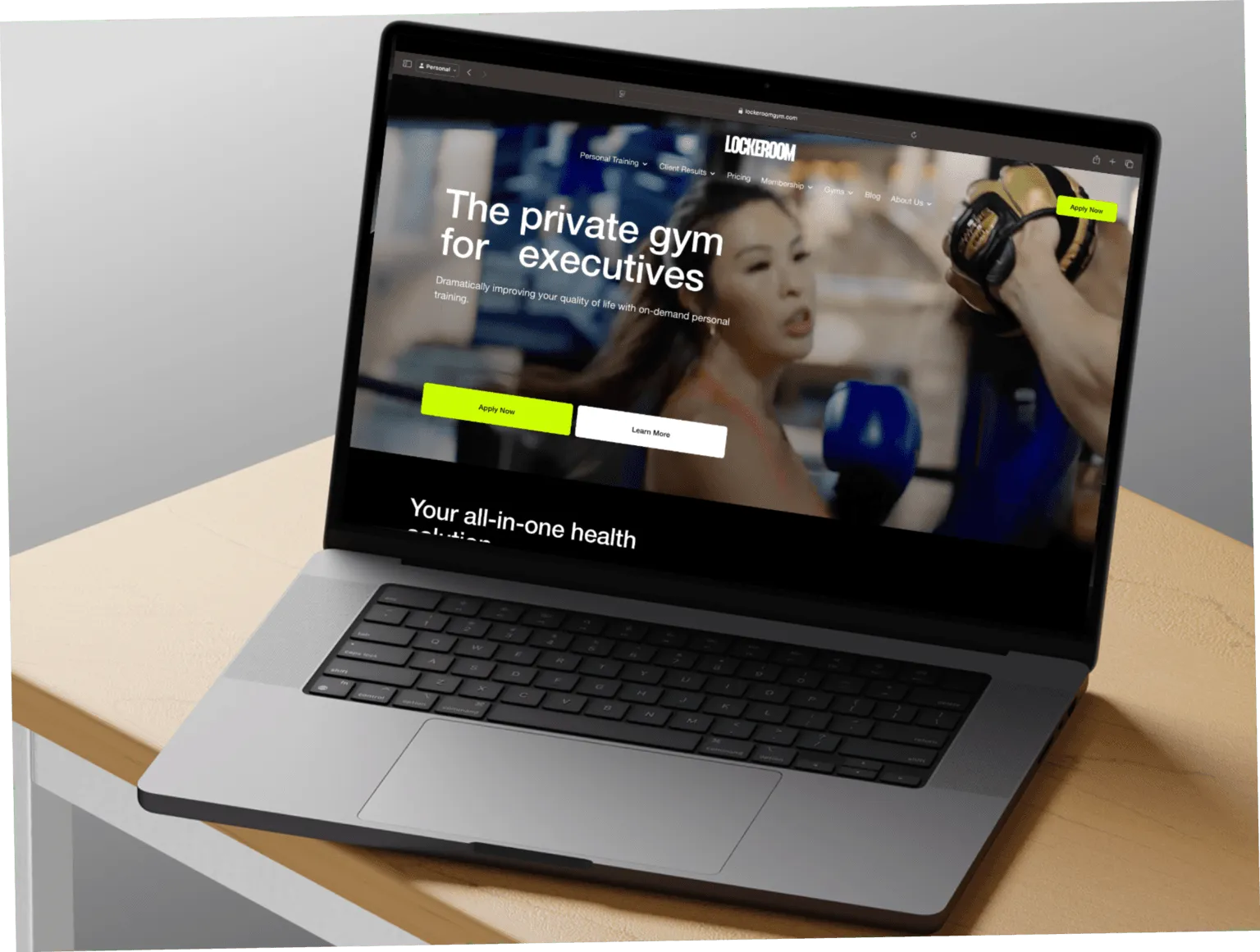Digital accessibility has become a crucial consideration for businesses, organizations, and government agencies alike. In a world where digital platforms serve as primary sources of information, services, and interaction, ensuring that websites and applications are accessible to all users is not optional—it is essential. Digital accessibility refers to the practice of designing and developing digital content so that people with disabilities can perceive, understand, navigate, and interact with it effectively.
Accessibility is about inclusion. It is about removing barriers that prevent people with visual, auditory, motor, or cognitive impairments from using digital platforms. The benefits extend far beyond compliance with legal standards. Accessible websites and digital tools improve overall user experience, increase reach, enhance SEO, and reflect an organization’s commitment to equity and inclusivity.
Understanding Digital Accessibility
Digital accessibility is the process of creating online content that can be used by people of all abilities. This includes ensuring that websites, mobile apps, documents, videos, and other digital tools are designed to work with assistive technologies such as screen readers, magnifiers, speech recognition software, and alternative input devices.
Effective accessibility ensures that users with disabilities can:
-
Navigate the website easily using a keyboard or other input devices
-
Read and understand text, images, and other content
-
Access multimedia content such as videos and audio
-
Complete forms and transactions without barriers
-
Interact with interactive elements like buttons, menus, and links
Accessibility is guided by established standards and frameworks such as the Web Content Accessibility Guidelines (WCAG). These standards focus on four key principles: perceivable, operable, understandable, and robust. Perceivable content can be detected by users through sight, sound, or touch. Operable content allows users to navigate and interact with it effectively. Understandable content is clear and predictable, and robust content works reliably across different devices and assistive technologies.
Importance of Digital Accessibility
Legal Compliance
Digital accessibility is mandated by laws in many countries. In the United States, the Americans with Disabilities Act (ADA) and Section 508 of the Rehabilitation Act require organizations to make digital content accessible. Failure to comply can result in legal action, penalties, and costly remediation. Accessibility is increasingly viewed as a civil right, with websites considered public accommodations under the law.
Other countries, including the United Kingdom, Canada, and Australia, have similar regulations requiring digital accessibility. Ensuring compliance not only reduces legal risk but also positions organizations as responsible and socially aware.
Business Growth
Accessible digital content expands audience reach. Millions of people worldwide live with disabilities that affect how they interact with digital platforms. By creating accessible websites, applications, and documents, businesses can tap into this often underserved market. Accessibility improvements also benefit users without disabilities, improving usability, readability, navigation, and overall experience.
Enhanced User Experience
Accessibility is closely linked to usability. Clear layouts, structured content, descriptive headings, keyboard-friendly navigation, and captions for multimedia content make digital experiences more user-friendly for everyone. When users can access and navigate content easily, they are more likely to engage with a brand, spend time on the platform, and convert into customers.
Ethical Responsibility
Beyond legal and business benefits, accessibility is an ethical imperative. Providing equal access to digital content demonstrates respect for diversity and inclusion. Organizations that prioritize accessibility show a commitment to fairness, social responsibility, and the empowerment of all users.
Common Accessibility Barriers
Despite growing awareness, many digital platforms remain inaccessible. Common barriers include:
-
Images without alternative text, preventing screen reader users from understanding visual content
-
Videos without captions or transcripts, excluding users with hearing impairments
-
Poor color contrast, making content difficult to read
-
Interactive elements that cannot be navigated using a keyboard
-
Complex or inconsistent navigation and layout
-
Forms without clear labels or instructions
-
Content that relies solely on visual or auditory cues
-
Pop-ups and dynamic elements that are inaccessible to assistive technologies
These barriers create frustration, reduce engagement, and prevent people with disabilities from fully participating in online experiences.
Steps to Achieve Digital Accessibility
Conduct a Comprehensive Audit
The first step toward digital accessibility is assessing existing platforms. An accessibility audit identifies areas where digital content fails to meet standards. This involves both automated testing and manual evaluation. Automated tools can detect basic issues such as missing alt text, color contrast problems, and broken links. Manual testing is essential to evaluate real-world usability, keyboard navigation, and assistive technology compatibility.
Remediation and Improvement
Once issues are identified, organizations must implement solutions. This includes updating code, redesigning interface elements, adding alternative text, providing captions and transcripts for multimedia, and restructuring content. Forms, buttons, menus, and interactive elements should be optimized for keyboard and assistive device use. Proper implementation ensures compliance with WCAG standards and delivers a more inclusive experience.
Accessibility Documentation
Documenting accessibility efforts is crucial for accountability and communication. Organizations can create accessibility statements or compliance reports to demonstrate their commitment. Documentation can include details on the accessibility measures implemented, ongoing monitoring practices, and avenues for users to report issues.
Continuous Monitoring
Accessibility is an ongoing commitment. New content Adacp, design changes, and platform updates can introduce new barriers. Continuous monitoring ensures that accessibility standards are maintained and that any new issues are addressed promptly. Regular testing and updates prevent regressions and maintain long-term compliance.
Training and Awareness
Building a culture of accessibility requires training teams across departments. Designers, developers, content creators, and marketers should understand accessibility principles and best practices. This ensures that accessibility is considered in every project, reducing the need for costly retrofits and creating sustainable inclusive practices.
Key Components of Digital Accessibility
Accessible Design
Accessible design focuses on readability, clarity, and usability. High color contrast, legible fonts, consistent layouts, and responsive design improve the overall experience. Avoiding reliance on color alone to convey information is critical for users with visual impairments.
Accessible Content
Accessible content includes properly structured text, descriptive headings, clear instructions, and alternative text for images. Multimedia content should have captions, transcripts, and audio descriptions. Properly formatted documents and PDFs also contribute to overall accessibility.
Technical Accessibility
Developers play a key role in implementing accessibility through semantic coding, ARIA labels, keyboard support, and ensuring interactive elements are functional for assistive technologies. Forms, menus, and dynamic content must be designed with accessibility in mind.
Multimedia Accessibility
Videos and audio content should provide captions, transcripts, and descriptions to ensure usability for users with hearing or visual impairments. These features also enhance user experience for those in noisy or quiet environments.
Navigation and Interaction
All interactive features should be accessible using keyboard or assistive technologies. Predictable navigation, clear labels, and consistent structure improve usability for users with disabilities and enhance overall engagement for all users.
Benefits of Professional Accessibility Support
Professional accessibility services help organizations meet compliance standards and implement effective solutions. Experts provide detailed audits, remediation plans, testing with assistive technologies, and ongoing monitoring. They also assist with documentation, accessibility statements, and internal training. Partnering with professionals ensures that accessibility efforts are comprehensive, sustainable, and effective.
Conclusion
Digital accessibility is a critical component of modern online strategy. It is a combination of legal compliance, ethical responsibility, business growth, and user experience enhancement. Accessible digital platforms remove barriers for people with disabilities, create inclusive environments, and strengthen overall usability.
Achieving digital accessibility requires a structured approach, including audits, remediation, documentation, monitoring, and training. The investment in accessibility delivers multiple benefits: expanded audience reach, improved engagement, enhanced brand reputation, and reduced legal risk.
By prioritizing digital accessibility, organizations create an online world that is inclusive, equitable, and user-friendly. Accessibility is no longer an optional feature; it is a necessity for businesses, government agencies, and organizations committed to serving everyone effectively. Making digital experiences accessible ensures that all users, regardless of ability, can engage with content, access services, and participate fully in the digital landscape.
Congrats! You’ve Finished This Blog.








